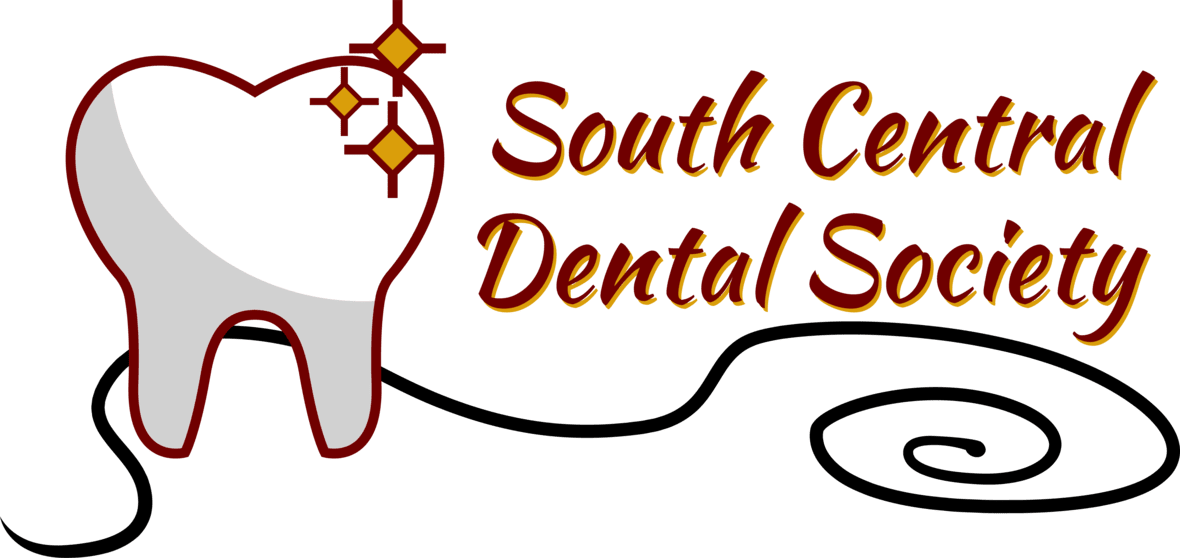Periodontics
Specialized care for healthy gums and stronger teeth.
What Is Periodontics?
Periodontics is a specialized branch of dentistry focused on preventing, diagnosing, and treating gum disease and other conditions affecting the supporting structures of the teeth. It helps maintain healthy gums, prevent tooth loss, and protect overall oral health through treatments like deep cleanings, gum grafts, and periodontal surgery.
At North Mankato Family Dentistry, we provide expert periodontal care to help manage and treat gum disease effectively. Our team will assess your gum health and recommend the best treatment plan to restore and maintain a strong foundation for your teeth. Call us at (507) 480-4606 to schedule an appointment or learn more about our services.
Understand Periodontal Disease
The word periodontal means “around the tooth”. Periodontal disease attacks the gums and the bone that support the teeth. Plaque is a sticky film of food debris, bacteria, and saliva. If plaque is not removed, it turns into calculus (tartar). When plaque and calculus are not removed, they begin to destroy the gums and bone. Periodontal disease is characterized by red, swollen, and bleeding gums.
Four out of five people have periodontal disease and don’t know it! Most people are not aware of it because the disease is usually painless in the early stages.
Not only is it the number one reason for tooth loss, research suggests that there may be a link between periodontal disease and other diseases such as, stroke, bacterial pneumonia, diabetes, cardiovascular disease, and increased risk during pregnancy. Researchers are determining if inflammation and bacteria associated with periodontal disease affects these systemic diseases and conditions. Smoking also increases the risk of periodontal disease.
Signs and symptoms of periodontal disease:
- Bleeding gums – Gums should never bleed, even when you brush vigorously or use dental floss.
- Loose teeth – Also caused by bone loss or weakened periodontal fibers (fibers that support the tooth to the bone).
- New spacing between teeth – Caused by bone loss.
- Persistent bad breath – Caused by bacteria in the mouth.
- Pus around the teeth and gums – Sign that there is an infection present.
- Receding gums – Loss of gum around a tooth.
- Red and puffy gums – Gums should never be red or swollen.
- Tenderness or Discomfort – Plaque, calculus, and bacteria irritate the gums and teeth.
Prevent Periodontal Disease
Periodontal disease, also known as gum disease, can be prevented with proper oral care and healthy lifestyle habits. Maintaining good oral hygiene, visiting your dentist regularly, and making smart dietary and lifestyle choices can help protect your gums and prevent infection.
Here are some key steps to keep your gums healthy:
- Brush and floss daily – Clean your teeth twice a day and floss to remove plaque buildup.
- Schedule regular dental checkups – Professional cleanings help remove tartar and detect early signs of gum disease.
- Eat a balanced diet – Nutrients like vitamin C, calcium, and antioxidants support gum health.
- Avoid tobacco products – Smoking and chewing tobacco increase the risk of gum infections.
- Use an antibacterial mouthwash – Helps reduce bacteria and plaque in hard-to-reach areas.
- Manage health conditions – Conditions like diabetes can increase gum disease risk, so maintaining overall health is important.
- Watch for early signs – Red, swollen, or bleeding gums and persistent bad breath may indicate gum disease—early treatment is key.
How to Treat Periodontal Disease?
Periodontal disease, or gum disease, is treated based on its severity, ranging from non-invasive therapies to surgical procedures. Early intervention is crucial to prevent further damage and maintain healthy gums.
Here are the most common treatment options:
- Professional Dental Cleaning – Regular cleanings help remove plaque and tartar buildup that contribute to gum disease.
- Scaling and Root Planing (Deep Cleaning) – A non-surgical procedure that removes bacteria and tartar from below the gum line and smooths tooth roots to promote healing.
- Antibiotic Therapy – Antibacterial mouth rinses, gels, or oral antibiotics help reduce infection and inflammation.
- Laser Therapy – A minimally invasive technique that removes infected tissue and bacteria while promoting gum healing.
- Gum Grafting – In cases of severe gum recession, tissue from another area of the mouth is grafted to restore gum coverage.
- Flap Surgery (Pocket Reduction Surgery) – A surgical procedure that lifts the gums to remove deep plaque and tartar deposits before repositioning them for a better fit around the teeth.
- Bone Grafting – When gum disease has caused bone loss, a graft helps regenerate lost bone and support the teeth.
Periodontics FAQs
Giving you the answers you need.
What are the most common symptoms of periodontic diseases?
In the beginning stages, patients commonly experience swollen, bleeding gums, bad breath, and increased tooth sensitivity. In later stages, they may begin to notice loose or shifting teeth, and eventually, bone and tooth loss. It is important to seek a periodontist when first noticing early symptoms.
What genetic factors or conditions influence gum and periodontal disease?
Although gum and periodontal disease are often the result of inadequate brushing and flossing, many genetic and environmental factors can also cause disease. Periodontitis and periodontal disease have been linked to systemic illnesses, including stroke, heart disease, diabetes, and certain types of cancer. A periodontist can help you understand your risk factors.
How is periodontal disease treated?
Periodontal disease can be treated in a variety of ways depending on the patient’s case of level of severity. Non-surgical methods, such as scaling and planing or antibiotic therapy, can be done if the infection is caught in its early stages. In gum disease and periodontitis, periodontal surgery is often required to effectively remove the infection.
What other treatments can a periodontist perform?
Periodontists work primarily with the hard tissues of the mouth. They are also specially trained in oral surgical procedures, meaning they can perform tooth extractions, bone grafting, dental implant placement, and various cosmetic procedures.
What can I expect during my periodontal consultation?
During the consultation appointment, periodontists often review the patient’s health history and referral form to better understand their case. They will conduct their own examination and assessment which involves looking for indications of jaw dysfunction, gum recession, loss of bone, and/or periodontal disease. Using a periodontal probe, they will measure the pocket depths between the gums and teeth to determine whether a patient has the disease and what stage they are currently in.





